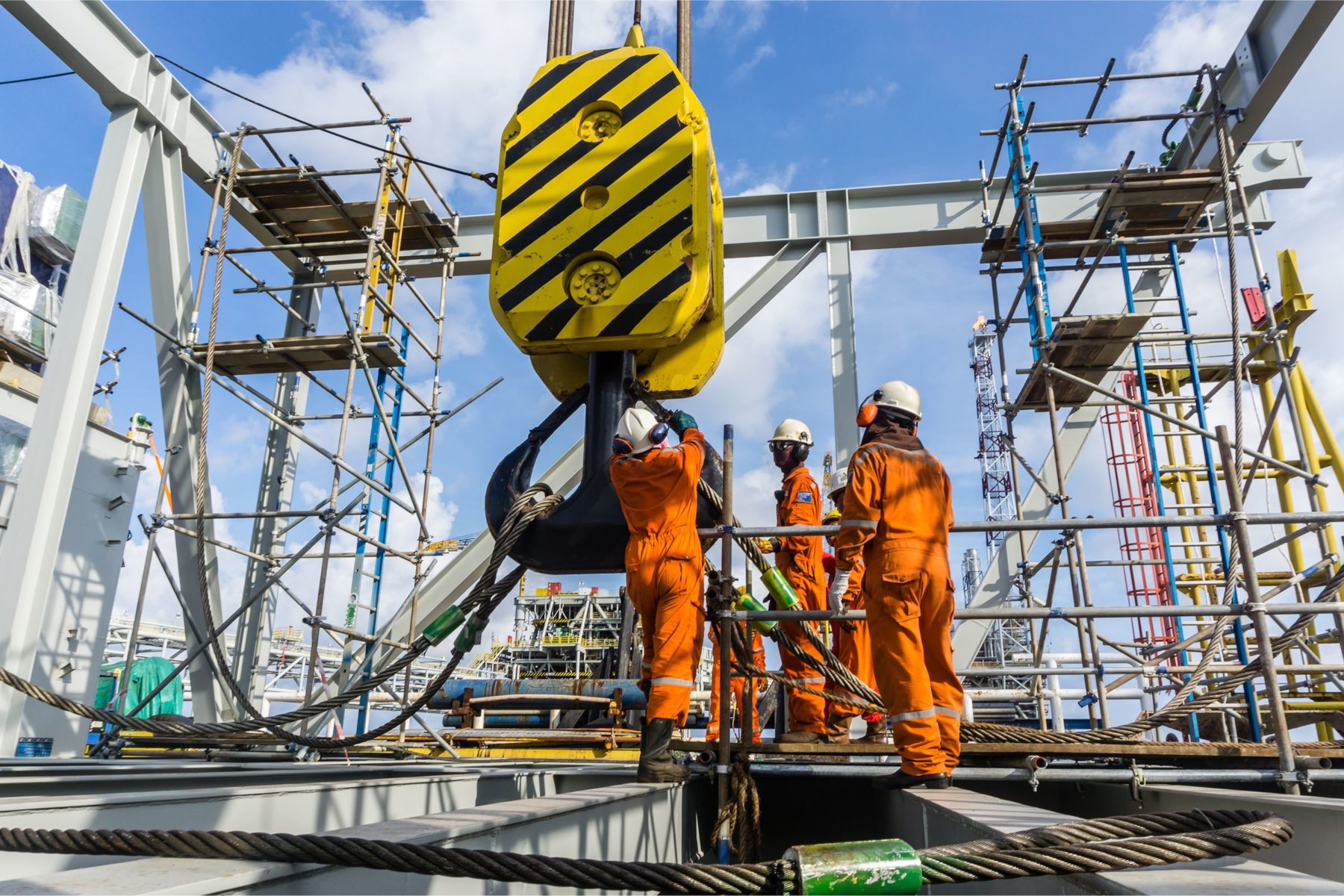
Essential Concrete Safety Tips: Protecting Workers on the Job Site Working with concrete is a fundamental aspect of the construction...
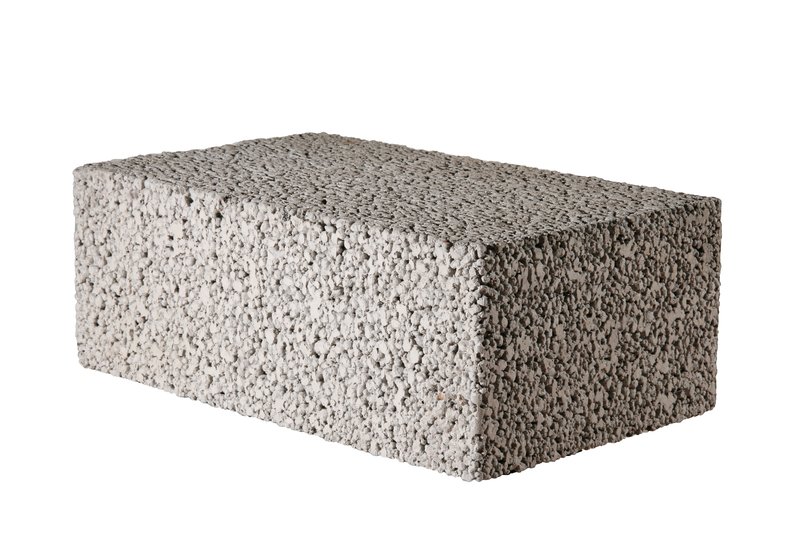
Carbonated concrete is an emerging technology in the construction industry that offers an innovative solution for the self-repair of concrete structures. In this article, we will explore what carbonated concrete is, how it works, and its applications in the repair and maintenance of infrastructure.
Carbonated concrete is a special type of concrete that incorporates carbon dioxide (CO2) during its curing process. This CO2 reacts with the components of concrete to form calcium carbonate, a compound that can fill cracks and fissures in the structure, thus providing a self-repair process.
When carbonated concrete is exposed to air, the carbon dioxide present in the atmosphere penetrates the concrete matrix and reacts with calcium hydroxide to form calcium carbonate. This carbonation process creates a solid material that fills existing cracks and fissures, thereby restoring the structural integrity of the concrete.
Carbonated concrete is mainly used in the repair and maintenance of concrete structures such as bridges, buildings, pavements, and marine structures. It can be applied as a surface coating or injected directly into cracks and fissures, providing an effective and durable solution for structure restoration.
The main advantages of carbonated concrete include its ability to self-repair without the need for human intervention, its low cost compared to other repair methods, and its long-term durability. Additionally, the carbonation process helps protect the reinforcement steel against corrosion, thus extending the structure’s lifespan.
When designing and applying carbonated concrete, it is important to consider factors such as the thickness of the coating, the porosity of the existing concrete, and local environmental conditions. Manufacturer specifications and recommendations should be followed to ensure effective and long-lasting application of the material.
Research and development in the field of carbonated concrete continue to advance, aiming to improve its properties and performance in a variety of structural applications. New mix formulations, enhanced additives, and innovative application techniques are being explored to optimize the self-repair process and increase the material’s durability.
Conclusions and Future Perspectives: In summary, carbonated concrete offers a promising solution for the self-repair of concrete structures, providing a cost-effective and durable alternative to traditional repair methods. With its ability to autonomously restore the structural integrity of infrastructure, carbonated concrete is helping to enhance the safety and sustainability of constructions worldwide.

Essential Concrete Safety Tips: Protecting Workers on the Job Site Working with concrete is a fundamental aspect of the construction...
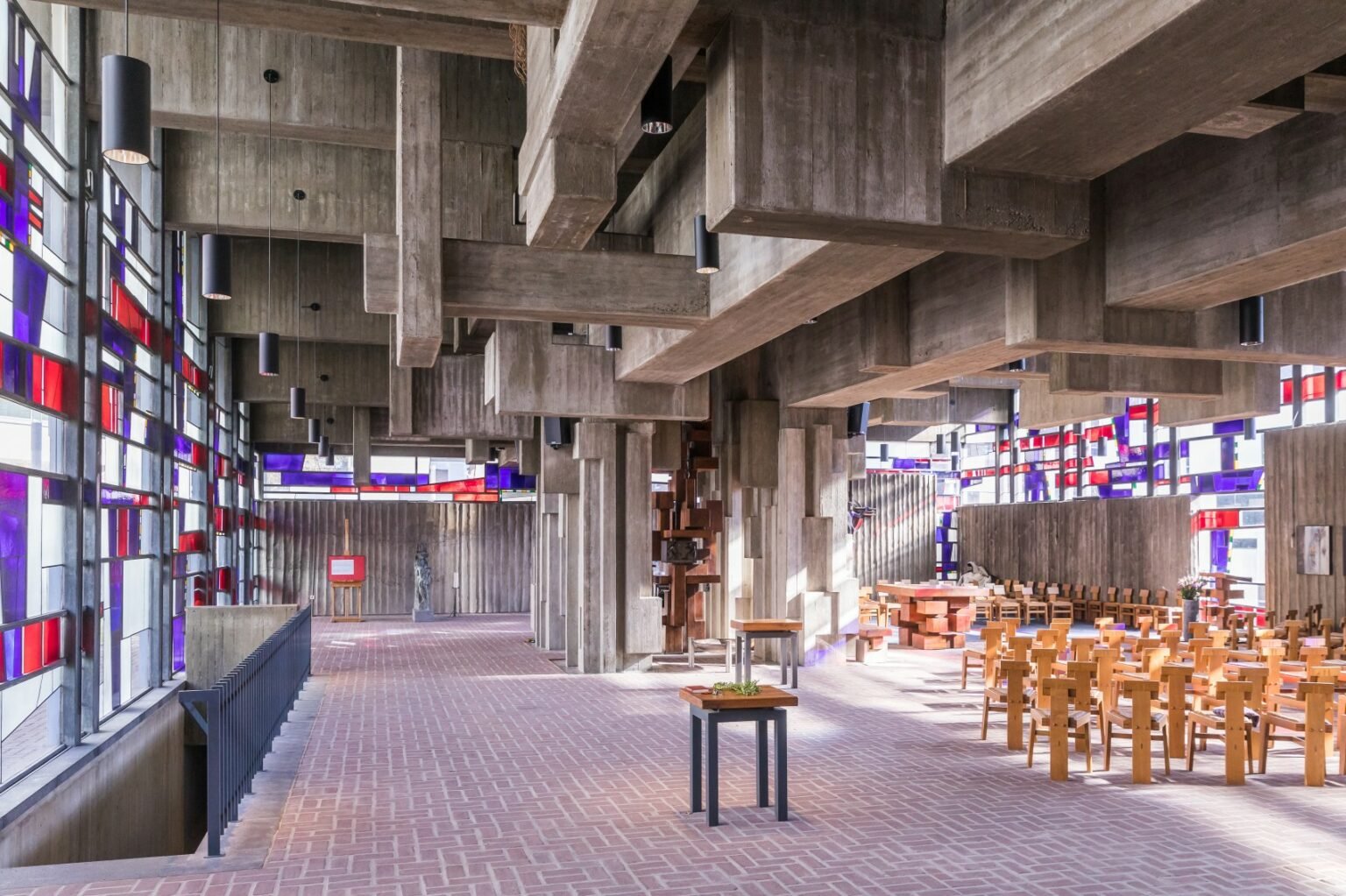
Decorative Concrete: Trends in Modern Finishes for 2025 Concrete is no longer just a construction material — it’s become a...
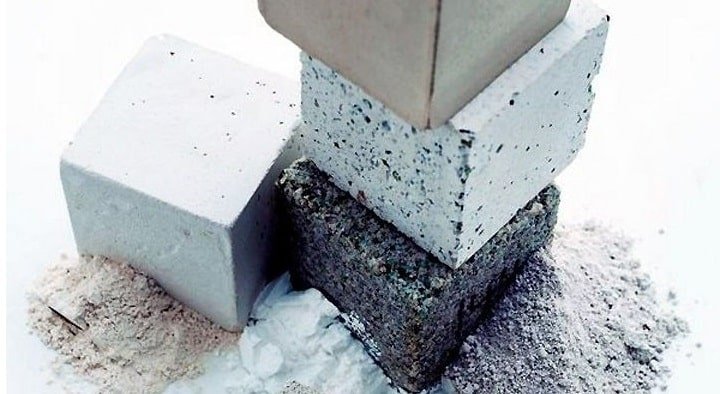
Sustainable Concrete Innovations in 2025: The Future of Eco-Friendly Construction In 2025, the construction industry continues its transformation towards sustainability,...

The Science Behind Concrete Cracking: Causes and Solutions Cracks in concrete are one of the most common issues in construction,...

Top 10 Concrete Myths Debunked: What Every Contractor Should Know Concrete is one of the most widely used construction materials,...
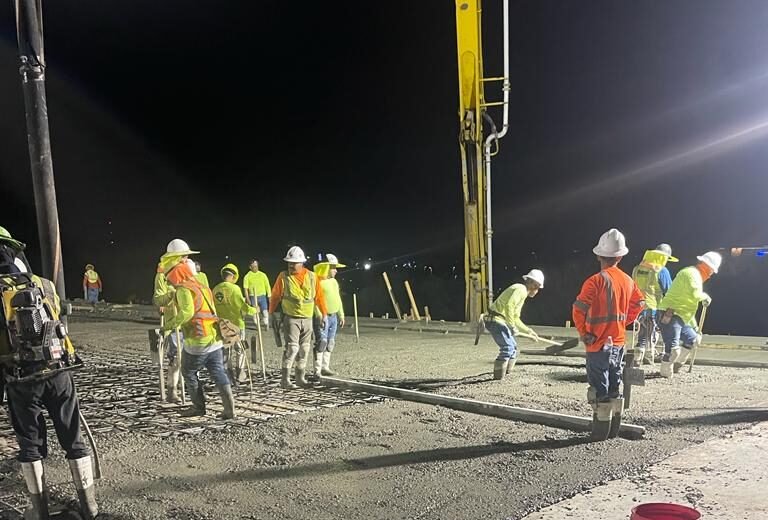
How to Plan Concrete Pouring in Large Construction Projects Pouring concrete in large-scale construction projects requires meticulous planning, logistical coordination,...
© 2023 Created with RGA Concrete Contractors LLC
This website uses cookies to provide you with the best browsing experience.